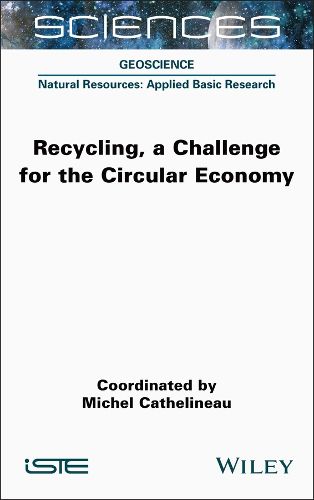Readings Newsletter
Become a Readings Member to make your shopping experience even easier.
Sign in or sign up for free!
You’re not far away from qualifying for FREE standard shipping within Australia
You’ve qualified for FREE standard shipping within Australia
The cart is loading…






Reducing consumption is now an absolute necessity for the future of our environment. The circular economy is designed to reduce resource wastage and waste production, but also enables waste recovery, leading to the creation of secondary resources. All materials, regardless of how they have been processed, can be reused.
Recycling, a Challenge for the Circular Economy begins its analysis by raising awareness of the role of each of us in reducing the volume of individual waste. The book then outlines the strategies and challenges involved in recycling a wide range of materials, from minimally processed (wood, glass, building materials or polluted soil) to highly processed (electrical and electronic waste, batteries, magnets or plastics).
Aspects of resource availability are also discussed, as well as ways of addressing the dynamic cycle of materials in the context of ever-increasing demand.
$9.00 standard shipping within Australia
FREE standard shipping within Australia for orders over $100.00
Express & International shipping calculated at checkout
Reducing consumption is now an absolute necessity for the future of our environment. The circular economy is designed to reduce resource wastage and waste production, but also enables waste recovery, leading to the creation of secondary resources. All materials, regardless of how they have been processed, can be reused.
Recycling, a Challenge for the Circular Economy begins its analysis by raising awareness of the role of each of us in reducing the volume of individual waste. The book then outlines the strategies and challenges involved in recycling a wide range of materials, from minimally processed (wood, glass, building materials or polluted soil) to highly processed (electrical and electronic waste, batteries, magnets or plastics).
Aspects of resource availability are also discussed, as well as ways of addressing the dynamic cycle of materials in the context of ever-increasing demand.